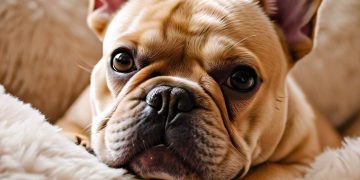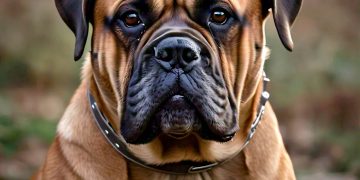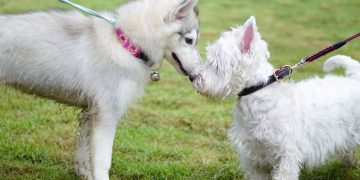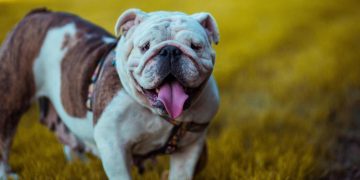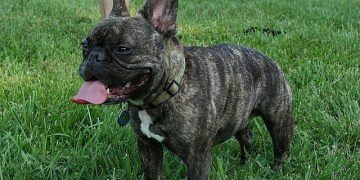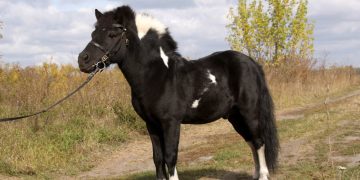The Danubian horse breed, known for its resilience, versatility, and historical significance, is a lesser-known gem among equine enthusiasts. Originating in the Danubian region, which spans across Central and Southeastern Europe, this breed has a rich heritage tied to agriculture, transportation, and military use. This article delves into the history, physical characteristics, temperament, and modern uses of the Danubian horse, offering a detailed guide for breeders, riders, and enthusiasts alike.
What is the Danubian Horse?
The Danubian horse is a regional breed with roots in the fertile plains surrounding the Danube River. These horses are often associated with hardiness and adaptability, traits shaped by centuries of evolving alongside the diverse climates and terrains of the Danubian basin.
Historical Origins
The origins of the Danubian horse can be traced back to ancient times, when horses were domesticated in the grasslands of Eastern Europe. Over centuries, these horses were selectively bred to meet the needs of local communities:
- Agricultural Work: Used as draft animals for plowing fields and transporting goods.
- Transportation: Integral to trade routes along the Danube, facilitating movement of people and resources.
- Military Use: These horses were prized by armies for their endurance and strength, particularly during the Ottoman and Austro-Hungarian empires.
Selective breeding practices in the 19th and 20th centuries introduced elements from Arabian and Thoroughbred horses, improving their agility and speed without sacrificing durability.
Physical Characteristics
The Danubian horse stands out for its balanced physique and robust structure. Here are its key physical traits:
- Height: Ranges between 14.2 and 16 hands (58-64 inches).
- Weight: Typically weighs between 1,000 and 1,200 pounds.
- Build: Medium to heavy, with a sturdy frame and muscular build, ideal for draft and riding purposes.
- Coat Colors: Common colors include bay, chestnut, gray, and black. Their coats are dense, offering protection in harsh weather conditions.
- Head and Neck: A straight profile with a broad forehead and a strong, arched neck.
- Legs and Hooves: Strong legs with well-formed hooves that are resistant to wear, reflecting their utility on diverse terrains.
Temperament and Behavior
The Danubian horse is celebrated for its calm and cooperative temperament, making it a reliable partner in work and leisure activities. Key behavioral traits include:
- Intelligence: Quick learners, making them suitable for training in various disciplines.
- Docility: Gentle and patient, ideal for beginners and experienced handlers alike.
- Work Ethic: Known for their stamina and willingness to work, whether in harness or under saddle.
Uses of the Danubian Horse
The versatility of the Danubian horse makes it a valuable asset in multiple domains:
- Agriculture: These horses are still used in small-scale farming in rural areas, especially for plowing and cart-pulling.
- Riding: Their steady gait and strength make them excellent trail and pleasure horses.
- Driving: Frequently used for carriage driving in both traditional ceremonies and modern recreational activities.
- Sport: With their improved agility, some Danubian horses compete in dressage, endurance riding, and show jumping.
- Conservation Grazing: Their ability to thrive in varied environments makes them ideal for maintaining grasslands and biodiversity in ecological projects.
Conservation and Breeding Efforts
Despite their historical importance, the Danubian horse faces challenges in the modern era. Mechanization of agriculture and shifts in transportation have reduced their traditional roles, leading to a decline in population. Conservation efforts focus on:
- Preserving Genetic Diversity: Programs aimed at maintaining the breed’s unique traits while avoiding inbreeding.
- Promoting Sustainable Farming: Encouraging their use in eco-friendly farming practices.
- Cultural Heritage Projects: Showcasing the breed in local festivals and historical reenactments to highlight its significance.
Why the Danubian Horse Matters Today
The Danubian horse is more than just a breed; it is a living testament to the cultural and economic history of the Danubian region. Its resilience and adaptability reflect the spirit of the communities it has served for centuries. By supporting conservation and responsible breeding, we ensure that future generations can continue to appreciate and benefit from this remarkable breed.
FAQs about the Danubian Horse
- What is the origin of the Danubian horse breed?
The breed originates from the Danubian basin, shaped by centuries of agricultural, military, and transportation needs. - Are Danubian horses suitable for beginners?
Yes, their docile and cooperative nature makes them ideal for novice riders and handlers. - What are the challenges facing the breed today?
Declining population due to mechanization and reduced traditional roles is a primary concern, prompting conservation efforts. - Can Danubian horses compete in equestrian sports?
Yes, they are versatile and can excel in dressage, endurance riding, and even show jumping with proper training.
By understanding and celebrating the Danubian horse breed, we honor its vital role in European history and ensure its legacy endures for generations. Whether for work, sport, or cultural heritage, the Danubian horse remains a symbol of strength, adaptability, and partnership

